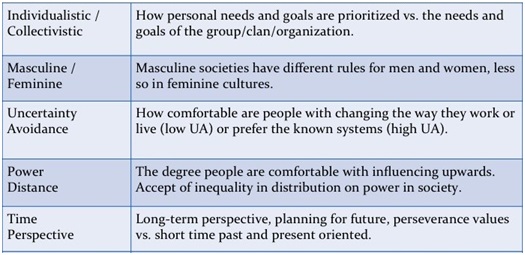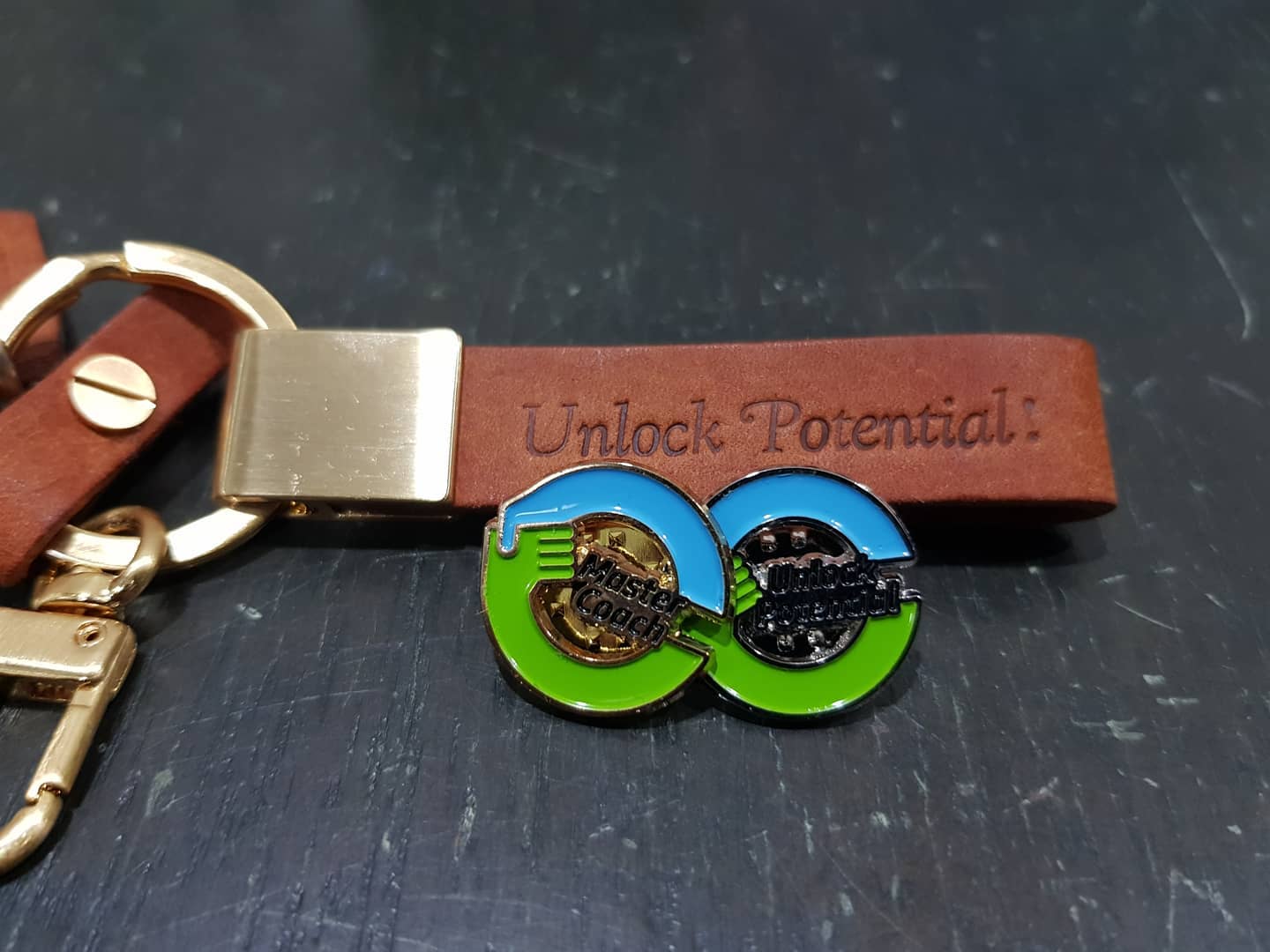SINAR: A Coaching Model for Leadership in the Asia Pacific
17 January 2022
SINAR: A Coaching Model for Leadership in the Asia Pacific
As an executive coach based in Malaysia my observation is that there are many nuances when coaching across cultures [1]. My Coaching Model SINAR is derived from a Bahasa Malaysia [2] and Bahasa Indonesia[3] from a word which means SHINE or ILLUMINATES.
Definition of SINAR in the Malay and Indonesian dictionaries: shine, ray, emit light, illuminate
The model has a cross-cultural component pertinent to and has an Asia Pacific flavour to it.
The SINAR Coaching Model enables Clients to shine by becoming the better versions of themselves as Leaders and illuminate the way for the people they lead and create an environment where their teams are motivated and are performing at their best.

S– Situation:
In the initial stage of a coaching assignment, it is important to understand the client’s situation and circumstances.
This will include a discovery meeting to become familiar with the client’s circumstances and reality. The client also has a role here is to stimulate self-evaluation and awareness coming into the coaching program.
The discovery meeting will also help build rapport and set expectations for the coaching program.
Setting up the expectations is important for the Client to understand that the coaching program will abide by the Code of Ethics and uphold the Core Values as stated in Competency 1 of the 2019 ICF Core Competency Model[4].
While the SINAR Coaching Model is a “process model” it doesn’t-necessarily have to be linear or sequential. It is always necessary to revisit each element of the model in a coaching session, to check and re-check if the client’s situation has changed.
During a coaching session, it is also important to explore the specific situation relevant for that particular session.
It is important to regularly check the intent with the Client during the coaching assignment and coaching sessions as this can change as the situation for the client changes and evolves.
This element of the SINAR model is also about having coaching situational awareness which is the ability to interpret a Client’s situation and execute coaching techniques to be effective.
I – Intent:
The intent is the objective or goal of the coaching assignment. That includes the long term (the central theme of the coaching assignment) and the short term (establishing the coaching agreement for every session).
This element of the SINAR Coaching Model relates to the 2019 ICF Core Competency Model [4] About Co-Creating the Relationship: Establishes and Maintains Agreements. Essentially the Coach needs to partner with the client and relevant stakeholders to create clear agreements about the coaching relationship, process, plans, and goals. The Coach establishes agreements for the overall coaching engagement as well as those for each coaching session (i.e. intent).
The intent is the endpoint, where the Client wants to be. The intent has to be defined in such a way that it is very clear to the client when they have achieved it. The intent usually needs to be SMART: Specific, Measurable, Acceptable, Realistic, and Timely.
However, there are times when it might be useful to have aspirational intent that is not SMART-bound at that instance. When President John F. Kennedy announced in 1961 that his goal of putting a man on the moon by the end of the decade, it was not a SMART goal at the time. Having set the bold aspirational goal or intent, it was possible to work towards making the goal SMART. Apollo 11 landed Neil Armstrong on the moon on July 20, 1969, and he became the first man to walk on the moon [8].
The intent could be both SMART and could also be aspirational to the Client to drive success and keep energy and motivation high.
N – Navigate:
The roots of Asian culture are vastly influenced by religious teachers and philosophers of the East including the teachings of Confucius, Lao Tzu, Prophet Mohammad, and Buddha. Asian values emphasize social harmony and consensus[5]. Individual initiative and individual creativity are of less importance than the willingness to merge one’s identity into the life of a company, family, or community.
Cross-cultural management has taken the spotlight as the business world globalized exponentially since the Cold War. Geert Hofstede [6] the pioneer in bringing cross-cultural management into the corporate world proposed the following dimensions that make cultures different in different countries on how to navigate these differences:
- Individualism / Collectivism
- Masculine / Feminine
- Uncertainty Avoidance
- Power Distance
- Time Perspective

This element of the SINAR Coaching Model is where navigating the Asian cultural nuances comes in. When coaching across cultures it is important to consider the cultural differences and navigate the cultural nuances and understand at least one Cross-Cultural model such as Hofstede’s model [6].
In addition to Cross Cultural nuances, it is also important to navigate the general coaching session to evoke awareness and learning for the Client as it relates to ICF Competency 7: Evokes Awareness – Facilitates client insight and learning[4].
A – Actions:
No matter how great or transformational a coaching session is it cannot reach its true potential until it’s brought down to earth in terms of effective action steps that implement the discoveries and new awareness created in the session for the Client.
Quote: “Actions Speak Louder than Words.” – Abraham Lincoln, 1856
When coaching it is essential to facilitate learning into action. This element of the SINAR Coaching Model relates to the 2019 ICF Core Competency Model[4] about Cultivating Learning and Growth Facilitates Client Growth, where the Coach partners with the client to transform learning and insight into action.
Specifically, the Coach acknowledges and supports client autonomy in the design of goals, actions, and methods of accountability support the client in identifying desired results or learning from identified action steps and invites the client to consider how to move forward toward results, including resources, support, and potential barriers.
R – Results:
The ultimate goal of any coaching session to ensure that the Clients get the results they want. It is essential to ensure that the Coaching Agreement is crystal clear, the goal thoroughly explored as to why it is important, what needs to be addressed or resolved, and what success looks like.
This element of the SINAR Coaching Model relates to the 2019 ICF Core Competency Model[4] about Cultivating Learning and Growth Facilitates Client Growth, where the Coach partners with the client to transform learning and insight into action and results.
Specifically, the Coach acknowledges and supports client autonomy in the design of goals, actions, and methods of accountability to support the client in identifying potential results or learning from identified action steps, and invites the client to consider how to move forward, including resources, support, and potential barriers.
The Coach should ensure that both accountability and commitment factors are in place with the Client for the highest likelihood for the goal or results to be achieved.
The Coach also celebrates the Client’s progress and successes when achieving the desired results and explores what learnings the Client gained in the course of achieving the results.
References
Empowering Asian Mindsets through Coaching, Wai K Leong, PCC,
Pelanduk Publications (2008)
Oxford English-English-Malay Dictionary, 3rd Edition, Oxford University Press (2015)
A Comprehensive Indonesian-English Dictionary, Second Edition,
Ohio University Press(2010)
Updated International Coaching Federation (ICF) Core Competency Model, (October 2019)
The Humanization of Technology and Chinese Culture, The Council of Values and Philosophy, Tomonobu Imamichi, Wang Miaoyangand Liu Fangtong (1998)
Geert Hofstede’s Dimensions of National Cultures,
https://www.hofstede-insights.com/product/compare-countries/
Riding the Waves of Culture: Understanding Diversity in Global Business,
C Hampden-Turner &F Trompenaars, John Murray Press, Third Edition (2011)
The “Man on the Moon” Standard, M T Hansen, Harvard Business Review
(25 May 2011) https://hbr.org/2011/05/the-man-on-the-moon-standard






